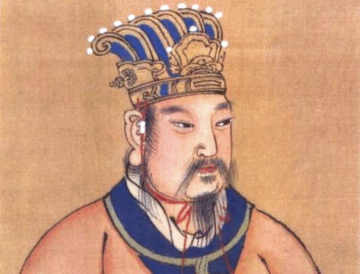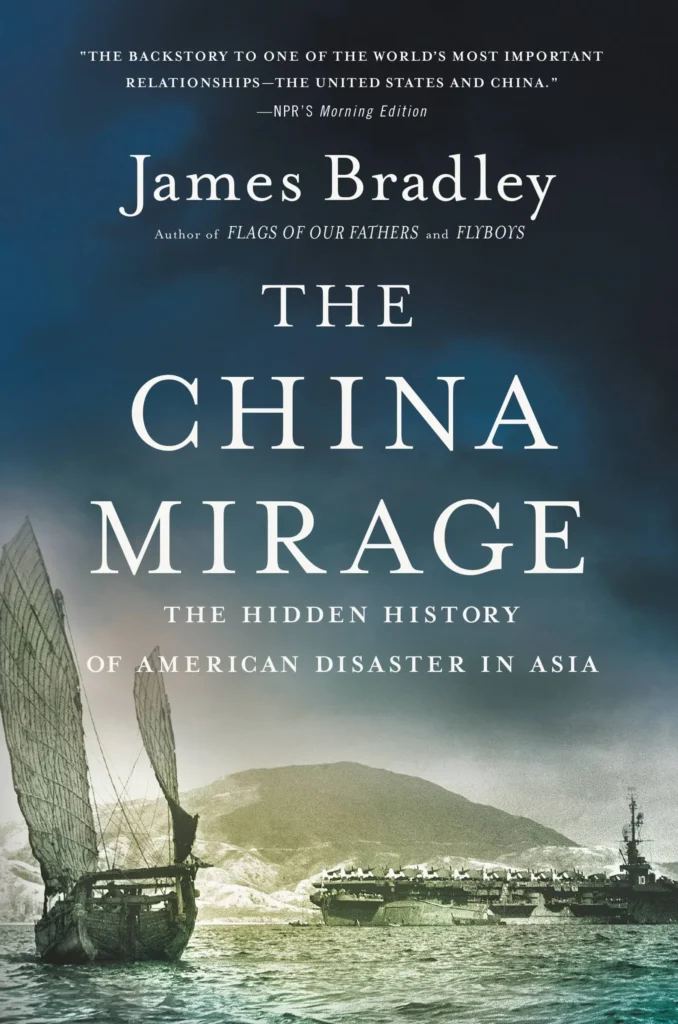by Mark Harvey
The dark power at first held so high a place that it could wound all who were on the side of good and of the light. But in the end it perishes of its own darkness… —I Ching, #36, Ming

Years ago, someone gave me a copy of the I Ching, Book of Changes, translated by Richard Wilhelm. It’s a heavy little brick, more than 700 pages, and bound with a bright yellow cover. When I received the gift, I looked at it skeptically and never expected to read it. To my surprise, it’s been with me ever since, I’ve read it dozens of times, and the spine of the book is sadly broken from too many readings.
I grew up in a family with fairly skeptical parents and some very skeptical siblings. I vividly remember asking my parents if Santa Claus was real at an age when parents should definitely not disillusion a child of that belief. My parents looked at each other with pained expressions and then, too honest to lie about it, tried to let me down gently. So nothing in my formative years prepared me to like the I Ching.
Not all I Chings are equal, and there are some pretty flimsy versions out there. There’s even an app called I Ching Lite. Of the English versions, the Wilhelm/Baynes translation is one of the most respected.
The I Ching is said to be almost 3,000 years old and originated in China’s Zhou Dynasty. The structure consists of six stacked lines (called hexagrams), each either broken or unbroken. You’ll remember from your high school math that if you have two binary options (broken or unbroken) on six lines, you end up with 64 possible combinations. And that’s what the I Ching looks like: 64 hexagrams, each with its own special meaning. Read more »


 In October last year, Charles Oppenheimer and I wrote a
In October last year, Charles Oppenheimer and I wrote a 
 After several weeks of sheltering in place, being holed up in quarantine, or just experiencing a dramatically restricted mode of living due to the ongoing Covid 19 pandemic, it is quite natural to start feeling a little sorry for oneself. A wholesome remedy for such feelings is to think about other people who are also shut up, sometimes extremely isolated, and suffering much more serious kinds of deprivation. They do not have at their fingertips, thanks to the internet, an abundance of literature, music, film, drama, science, social science, news, sport, or funny cat videos. Nor are they casualties of fortune, shipwrecked and marooned by bad luck or the vicissitudes of market economies. Rather, they are the victims of deliberate and unjust oppression by authoritarian governments.
After several weeks of sheltering in place, being holed up in quarantine, or just experiencing a dramatically restricted mode of living due to the ongoing Covid 19 pandemic, it is quite natural to start feeling a little sorry for oneself. A wholesome remedy for such feelings is to think about other people who are also shut up, sometimes extremely isolated, and suffering much more serious kinds of deprivation. They do not have at their fingertips, thanks to the internet, an abundance of literature, music, film, drama, science, social science, news, sport, or funny cat videos. Nor are they casualties of fortune, shipwrecked and marooned by bad luck or the vicissitudes of market economies. Rather, they are the victims of deliberate and unjust oppression by authoritarian governments.